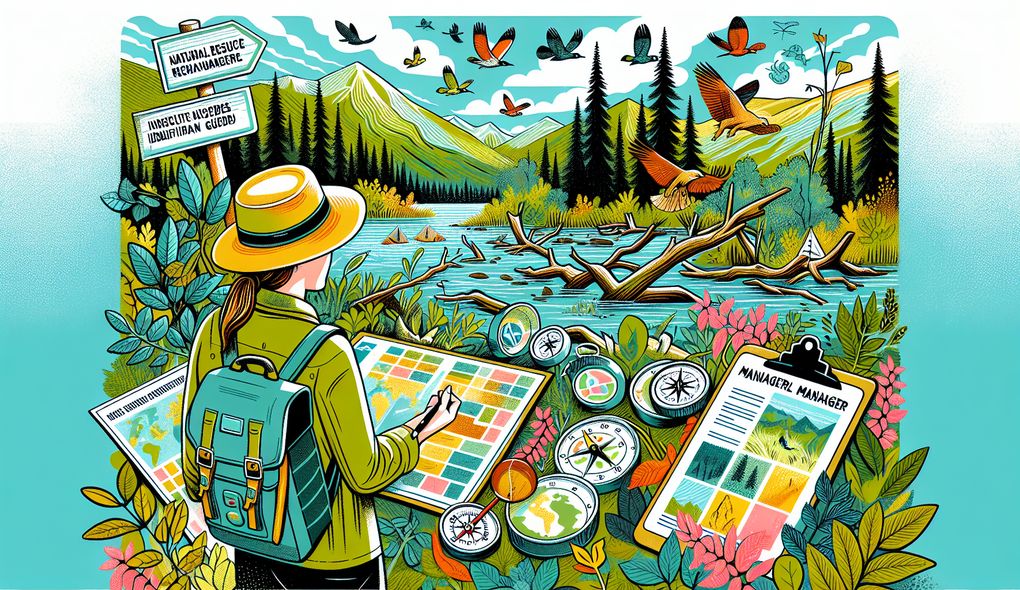Tell us about a time when you had to make a difficult decision related to resource allocation. How did you approach it?
SENIOR LEVEL

Sample answer to the question:
One difficult decision I had to make related to resource allocation was when I had to prioritize between two major projects with limited resources. I approached it by thoroughly analyzing the demands of each project and their potential impact. After careful consideration, I decided to allocate resources based on the urgency and long-term benefits of the projects. I communicated this decision to the teams involved and explained the rationale behind it. While it was challenging to make such a decision, it ultimately resulted in successful completion of both projects and satisfied stakeholders.
Here is a more solid answer:
One difficult decision I had to make related to resource allocation was when I had to choose between two major projects with limited resources: a conservation project to protect a endangered species habitat and a land restoration project to address soil erosion. Both projects were critical for the sustainable management of natural resources, but I had to prioritize one over the other. To approach this decision, I gathered data on the urgency and potential impact of each project. After careful analysis, considering factors such as the ecological significance of the species and the potential harm caused by soil erosion, I decided to allocate more resources to the conservation project. I communicated this decision to the teams involved, explaining the rationale and emphasizing the importance of both projects. While it was challenging to make a choice, the decision resulted in successful completion of the conservation project and significant progress in protecting the habitat of a endangered species.
Why is this a more solid answer?
The solid answer provides specific details about the two projects and the factors considered in the decision-making process. It also mentions the challenges faced and the outcome of the decision. However, it could be further improved by discussing any lessons learned from the experience.
An example of a exceptional answer:
One difficult decision I had to make related to resource allocation was when I had to prioritize between a large-scale water management project and an environmental education program. Both projects were important for the sustainable management and conservation of natural resources, but I faced limited resources and tight deadlines. To approach this decision, I gathered data on the potential impact and long-term benefits of each project. I also consulted with stakeholders, including environmental experts and community leaders. After extensive research and deliberation, I decided to allocate more resources to the water management project, as it had the potential to benefit a larger population and address pressing water scarcity issues. However, I ensured that the environmental education program still received sufficient support by seeking alternative funding sources and leveraging partnerships with local educational institutions. This decision required effective communication with all stakeholders involved, explaining the rationale and emphasizing the importance of both projects. Although it was challenging to balance the resource allocation, the decision resulted in the successful completion of the water management project, which significantly improved access to clean water for the community. Additionally, the environmental education program continued to create awareness among students about the importance of sustainable resource use. From this experience, I learned the importance of strategic prioritization and effective stakeholder engagement in resource allocation decisions, as well as the value of exploring innovative solutions to overcome resource constraints.
Why is this an exceptional answer?
The exceptional answer provides specific details about the two projects, the factors considered in the decision-making process, and the actions taken to address resource constraints. It also highlights the outcomes of the decision and emphasizes the importance of strategic prioritization and stakeholder engagement. Additionally, it discusses the lessons learned from the experience. Overall, it demonstrates a high level of strategic thinking, effective communication, and problem-solving skills.
How to prepare for this question:
- Reflect on past experiences where you had to make difficult decisions related to resource allocation. Think about the specific projects or situations, the challenges faced, and the outcomes of those decisions.
- Consider how you approached the decision-making process. Did you gather data, consult with stakeholders, or use any frameworks or tools to guide your decision?
- Highlight the factors you considered when prioritizing between different projects. These could include urgency, potential impact, alignment with organizational goals, or stakeholder expectations.
- Think about the lessons you learned from those experiences. What would you do differently now? How have those experiences shaped your approach to resource allocation?
- Practice articulating your responses in a clear and concise manner, emphasizing your strategic thinking, analytical skills, and effective communication.
- Research and familiarize yourself with common resource allocation challenges and strategies in the field of natural resource management. This will help you provide relevant examples and demonstrate your knowledge during the interview.
What are interviewers evaluating with this question?
- Strategic planning and project management
- Analytical thinking and decision-making
- Effective communication and stakeholder engagement

